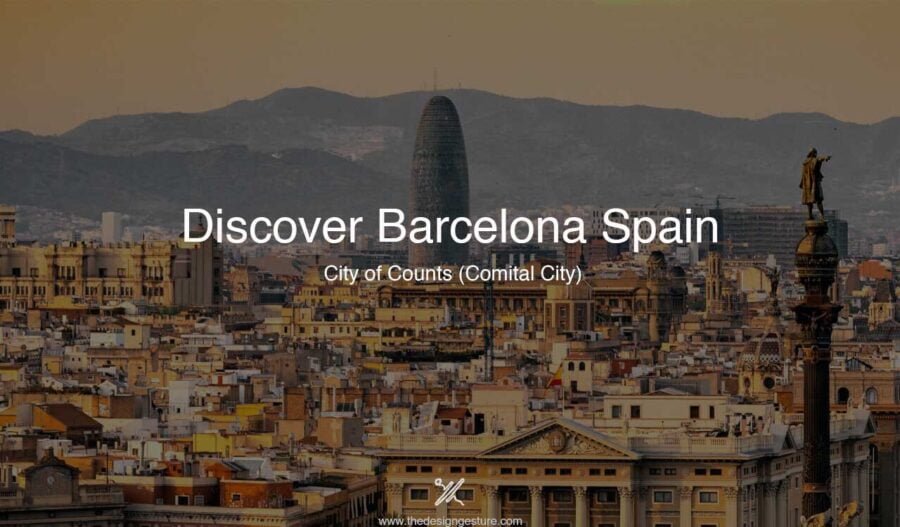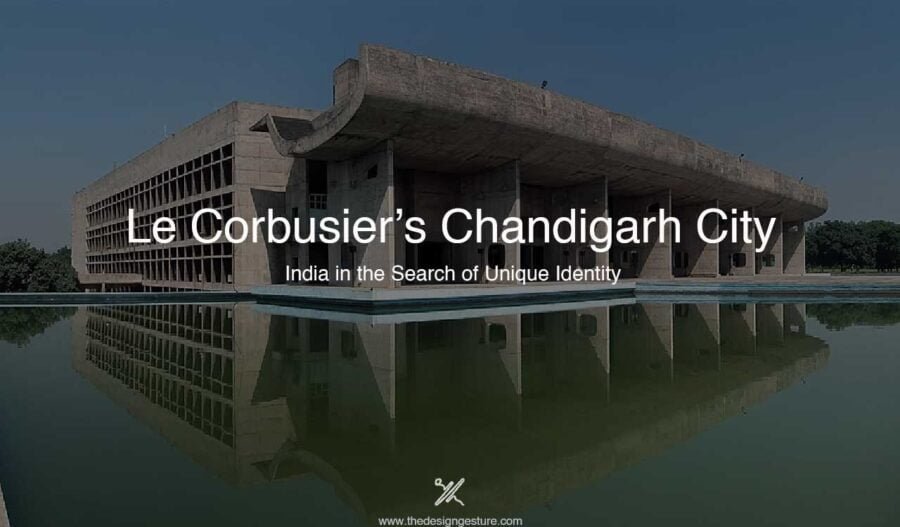On Spain’s northeastern coast is the city of Barcelona. It is the second most populated municipality in Spain as well as the capital and largest city of the autonomous community of Catalonia. Approximately 4.8 million people live in its urban area, which spans multiple neighboring municipalities within the province of Barcelona and has a population of 1.6 million within its city limits.
This places it as the fifth most populous urban area in the European Union, behind Paris, the Ruhr area, Madrid, and Milan. Barcelona Spain is situated on the coast between the mouths of the rivers, Llobregat and Besòs, and bordered to the west by the Serra de Collserseveraln range, it is one of the largest metropolises on the Mediterranean Sea.
With a rich cultural history, Barcelona is a popular tourist destination as well as a significant cultural hub today. UNESCO has classified the architectural masterpieces of Antoni Gaudí and Lluís Domènech i Montaner as World Heritage Sites, making them especially well-known. The University of Barcelona and Pompeu Fabra University, two of Spain’s most esteemed universities, are located in the city.
Barcelona is home to the Union for the Mediterranean’s headquarters. In addition to holding prestigious conferences and expositions, the city is well-known for hosting the Summer Olympics in 1992. Additionally, this location has hosted a number of international sporting events. Barcelona is the primary biotech hub of Spain and a significant hub for culture, commerce, and finance in southwest Europe. Due to its prominence in international socioeconomic concerns, Barcelona is eligible to be considered a global city.
Table of Contents
History of Barcelona Spain
Barcelona’s first human settlements date back to the Neolithic era. The city was established by the Romans, who at the end of the first century BC established a colony named Barcino. Several thousand people lived in the colony, enclosed by a defensive wall, some of which are still visible in the old town.
Following the Christian reconquest, Barcelona Spain—which Muslims had ruled for more than 200 years—became a county of the Carolingian Empire and one of the principal homes of the Crown of Aragon’s court. Barcelona became the political and commercial hub of the Western Mediterranean throughout the prosperous Middle Ages. The Gothic Quarter in the city is evidence of the magnificence that the city has experienced.
Barcelona Spain went through a period of decline from the fifteenth to the eighteenth centuries as it fought to keep its political and economic independence. The battle concluded in 1714 when the Bourbon army captured the city and repressed the rights and privileges of Catalonia and the Catalan people.
With the emergence of the textile industry in the middle of the 19th century, a period of cultural rehabilitation got underway. The Renaixença was the name given to this period when Catalan acquired popularity as a literary language again.
The widespread urban renovation was brought about in Barcelona Spain during the 20th century, and its most notable neighborhood, the Eixample, is home to some of the city’s most notable Catalan art-nouveau, or modernista, structures. One of the most famous architects of all time, the Catalan Antoni Gaudí, created structures that are today recognized across the world, including the Sagrada Família cathedral, the Casa Milà (also called La Pedrera, the Catalan word for stone quarry), and the Casa Batlló.
The Civil War of 1936 and the following dictatorship drastically curtailed the liberties won during this time. The restoration of the Catalan language and Barcelona society’s economic might came about with the return of democracy in 1978. Barcelona’s potential was further stimulated and its standing as a major metropolis was underlined when the city hosted the 1992 Olympic Games.
The Forum of Cultures took back industrial areas in 2004 and turned them into residential neighborhoods. An illustration of Barcelona’s revitalized energy as it looks to the twenty-first century.
Architectural Marvels of Antoni Gaudi- Barcelona Spain
The unique style of Catalan architect Antoni Gaudi was characterized by a richness of form freedom, rich color, and rich texture. He only worked in or close to Barcelona Spain, where he dedicated much of his career to building the Sagrada Familia, also known as the Expiatory Temple of the Holy Family. In addition to being incredibly exquisite and ethereal, Gaudi’s art is also organically cohesive; it has the sensation of natural elements integrating into their surroundings.
La Sagrada Familia, Barcelona Spain
Antoni Gaudí designed the Sagrada Familia, a prominent Roman Catholic church in Barcelona Spain. The construction of the Sagrada Familia began in 1882 and came to a standstill in 1926 when Antoni Gaudi died.
Antoni Gaudi followed del Villar’s Latin cross plan, which is typical of Gothic churches but diverged from it in numerous key ways. Most notably, Antoni Gaudi invented a system of angled columns and hyperboloidal vaults that eliminated the necessity for flying buttresses. Instead of relying on exterior features, horizontal loads are carried through inner columns.
La Sagrada Familia employs three-dimensional forms made of ruled surfaces, such as hyperboloids, parabolas, helicoids, and conoids. These intricate geometries allow for a thinner, finer structure, which is meant to improve the temple’s acoustics and lighting quality.
When completed, La Sagrada Familia will have eighteen towers designed to provide a unique view of the temple from any one vantage point. Each facade is crowned by four bell towers representing the Apostles, which reach a height of nearly 100 meters. A tower symbolizing the Virgin Mary will be built at the north end to overlook the apse. The central tower will stand 72 meters tall and symbolize Christ, surrounded by four towers portraying the Evangelists.
Colona Guell Chruch, Colonia Guell
Antoni Gaudí’s original structure in Santa Coloma de Cervelló, 23 km south-west of Barcelona, is the crypt of an incomplete church used by the Colònia Güell residents. Gaudí created the church using novel architectural techniques, including catenary arches, hyperbolic parabolas, and ornamental broken mosaic tiling. The Güell family stopped sponsoring the project in 1914, and the mill shuttered in 1973 due to the textile crisis. The Colònia Güell is now undergoing restoration.
Casa Battlo, Barcelona
Casa Batlló represents joy and oceanic inspiration, as well as a dream world full of nature and fantasy. Gaudí designed the building’s façade, which features bone-shaped stone columns and modernist floral accents. The balcony railings are in the shape of masks, and the Noble Floor includes a gallery and enormous oval-shaped windows. The ceiling is made of enormous scales and a cross with four arms, resembling an animal’s back.
The crown and four-armed cross have inspired many popular interpretations, including the tale of Saint George, Catalonia’s patron saint, and the watery landscape. Artists such as Monet and Salvador Dalí viewed the home as a reflection of the sea, depicting waves on a tranquil surface.




